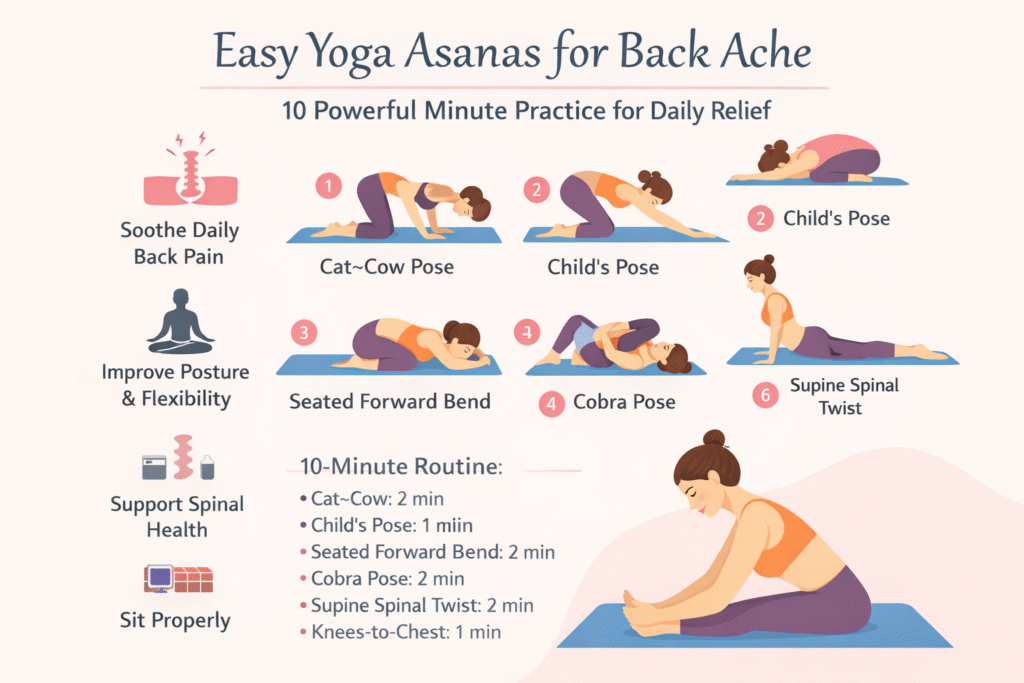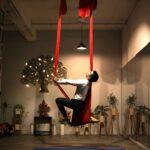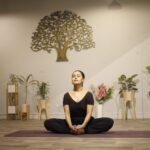Understanding the Different Types of Yoga
Introduction to back ache and yogic healing
Back ache has become one of the most common health complaints across age groups. Long hours of sitting, poor posture, emotional stress, and lack of movement slowly strain the spine. Many people look for instant relief through medication, but long-term comfort requires a deeper approach. This is where easy yoga asanas for back ache offer a practical and sustainable solution.
Yoga doesn’t treat the back as an isolated structure. Instead, it works on muscles, joints, breath, and the nervous system together. A short, consistent practice can gently restore balance without exhausting the body. The idea of a 10-minute routine makes yoga realistic even for busy schedules, proving that healing doesn’t need hours of effort.
Understanding back ache in modern lifestyles
Common causes of back pain
Most back pain today isn’t caused by injury but by habit. Sitting for long hours compresses the lower spine. Poor core strength forces the back muscles to overwork. Emotional stress often shows up as tight shoulders and stiff lower backs. Over time, these patterns create chronic discomfort.
Another overlooked factor is lack of spinal movement. The spine is designed to flex, extend, twist, and lengthen. When daily life restricts these movements, stiffness sets in. Easy yoga asanas for back ache reintroduce safe spinal motion, which is essential for recovery.
Why quick fixes don’t work long-term
Painkillers may mask discomfort, but they don’t correct alignment or muscle imbalance. Without addressing the root cause, pain often returns stronger. Yoga focuses on prevention and correction, not suppression. This makes it especially effective for people dealing with recurring back ache.
How yoga helps relieve back ache naturally
Spine awareness and alignment
One of yoga’s greatest strengths is awareness. Practicing easy yoga asanas for back ache teaches you how your spine moves and where you hold tension. Over time, posture improves automatically, reducing daily strain on the back.
Alignment-focused movements encourage the spine to return to its natural curves. This reduces pressure on discs and nerves, allowing healing to happen gradually and safely.
Muscle balance and mobility
Back pain is rarely about weakness alone. Tight hamstrings, stiff hips, and weak abdominal muscles all contribute. Yoga addresses the whole chain. Stretching tight areas while strengthening supportive muscles restores balance, which is crucial for lasting relief.
Preparing for a 10-minute yoga practice
When and how to practice
Early morning or evening works best, but consistency matters more than timing. Choose a quiet space, wear comfortable clothing, and use a yoga mat or soft surface. Practicing easy yoga asanas for back ache daily, even briefly, builds momentum and trust in the body.
Breathing and safety guidelines
Breath should remain smooth and natural. Never force a pose or push through sharp pain. Yoga is about sensation, not struggle. If discomfort arises, ease out gently. People with severe conditions should consult a qualified teacher or healthcare professional before starting.
Easy yoga asanas for back ache: overview
The following asanas are gentle, accessible, and effective. Together, they form a complete 10-minute practice. Each pose addresses a different aspect of spinal health, making them ideal easy yoga asanas for back ache relief.
Asana 1: Cat–Cow pose
Cat–Cow is one of the most effective spinal warm-ups. Moving between flexion and extension improves circulation and reduces stiffness.
This pose massages spinal nerves, releases tension in the lower back, and synchronizes movement with breath. Practiced slowly, it builds awareness and prepares the body for deeper stretches.
Asana 2: Child’s pose
Child’s pose offers rest and release. The spine lengthens naturally, and the nervous system calms down.
For people experiencing lower back ache, this pose provides gentle traction without effort. It’s especially useful after long workdays when the back feels compressed.
Asana 3: Seated forward bend
This pose stretches the entire back body, including the hamstrings and lower spine. Tight hamstrings often pull on the pelvis, worsening back pain.
By practicing this asana mindfully, you encourage flexibility without strain. It’s one of the most trusted easy yoga asanas for back ache when done with relaxed breathing.
Asana 4: Cobra pose
Cobra gently strengthens the back muscles and opens the chest. Unlike aggressive backbends, this pose focuses on length rather than depth.
It counteracts slouching and improves posture, which directly impacts back health. Regular practice helps rebuild confidence in spinal extension.
Asana 5: Supine spinal twist
Twists release deep tension along the spine. When done lying down, they are safe and accessible.
This asana massages internal organs, improves circulation, and relaxes the lower back. It’s particularly soothing for stress-related back ache.
Asana 6: Knees-to-chest pose
This pose relaxes the lower spine and hip flexors. Gently hugging the knees reduces tension accumulated from sitting.
It’s often used at the end of a practice to integrate the benefits of previous poses. Among easy yoga asanas for back ache, this one offers immediate comfort.
Structuring your 10-minute daily routine
A simple structure works best:
Cat–Cow: 2 minutes
Child’s pose: 1 minute
Seated forward bend: 2 minutes
Cobra pose: 2 minutes
Supine spinal twist: 2 minutes
Knees-to-chest: 1 minute
This balanced sequence ensures movement, stretch, strength, and relaxation within a short time frame.
Lifestyle habits that support back pain relief
Yoga works best when combined with mindful habits. Sitting with proper posture, taking movement breaks, staying hydrated, and managing stress all support spinal health.
Sleep quality also matters. A supportive mattress and mindful sleeping posture reduce night-time strain. Together with easy yoga asanas for back ache, these habits create a strong foundation for recovery.
Who should practice and who should modify
Most people can safely practice this routine. However, those with herniated discs, recent surgeries, or severe pain should seek professional guidance.
Pregnant individuals or seniors may need modifications. Yoga is adaptable, and personalized adjustments ensure safety without losing benefits.
Frequently asked questions
Can beginners practice easy yoga asanas for back ache
Yes, these poses are beginner-friendly and designed to be gentle and accessible.
How soon can one feel relief
Many people feel mild relief within a few days, while lasting improvement comes with consistent practice over weeks.
Is yoga better than physiotherapy for back pain
Yoga and physiotherapy can complement each other. Yoga focuses on long-term balance and awareness.
Can these poses be done daily
Yes, daily practice is recommended as long as movements remain pain-free.
Do I need props to practice
Props like cushions or folded blankets can enhance comfort but are not mandatory.
Are these asanas suitable for office workers
Absolutely. Easy yoga asanas for back ache are especially beneficial for people with desk-bound routines.
Conclusion
Back ache doesn’t have to control daily life. A short, mindful routine can create meaningful change when practiced consistently. Easy yoga asanas for back ache offer a natural, safe, and empowering way to restore spinal health without dependence on medication.
A 10-minute daily commitment builds awareness, strength, and resilience. Over time, the body learns to move better, breathe deeper, and hold itself with ease. Yoga reminds us that healing is not about doing more, but about doing what’s right, gently and regularly.
Learn more: https://www.thepinklotusacademia.com
Learn More: Contact Us
Social: Instagram













